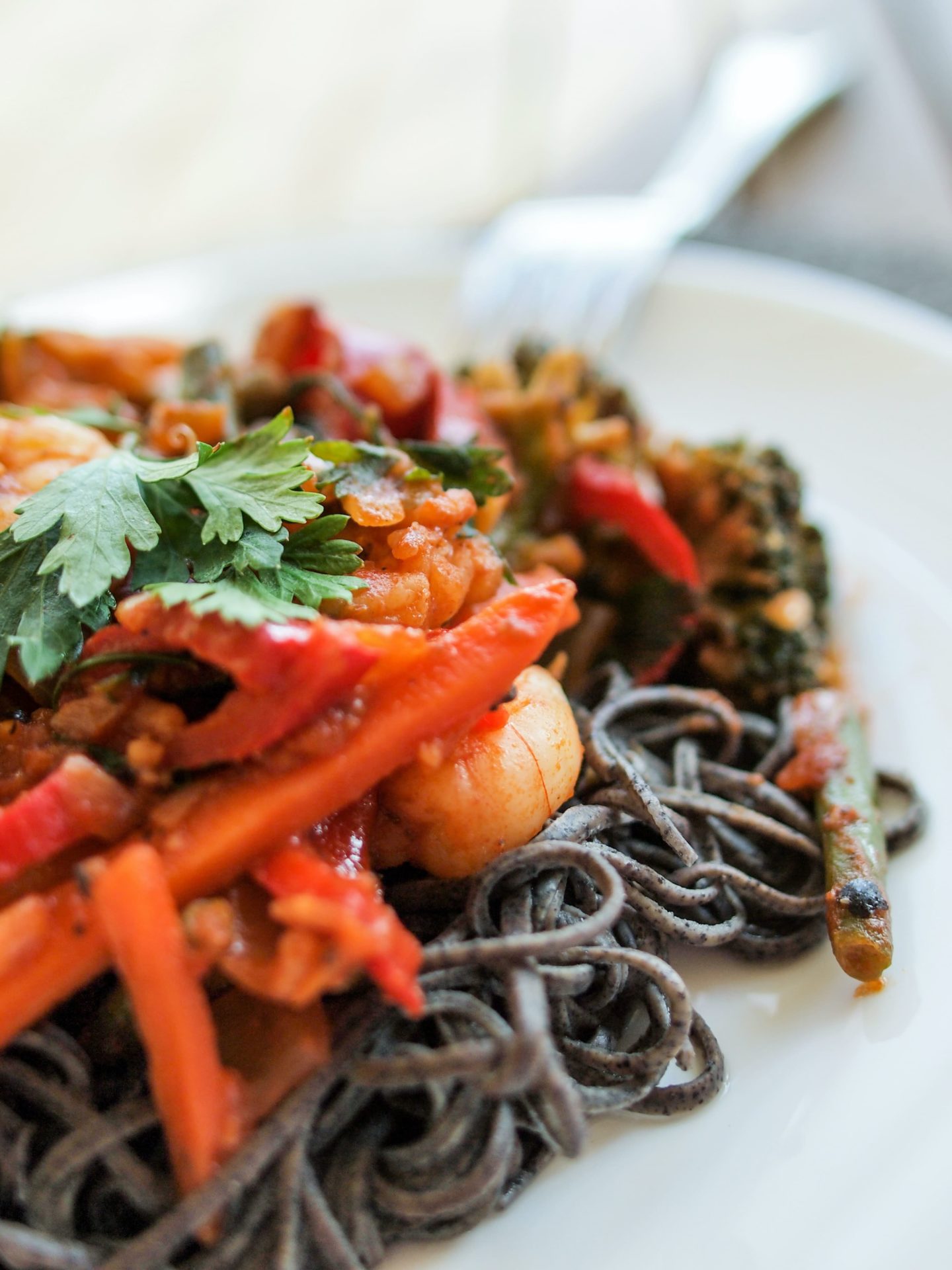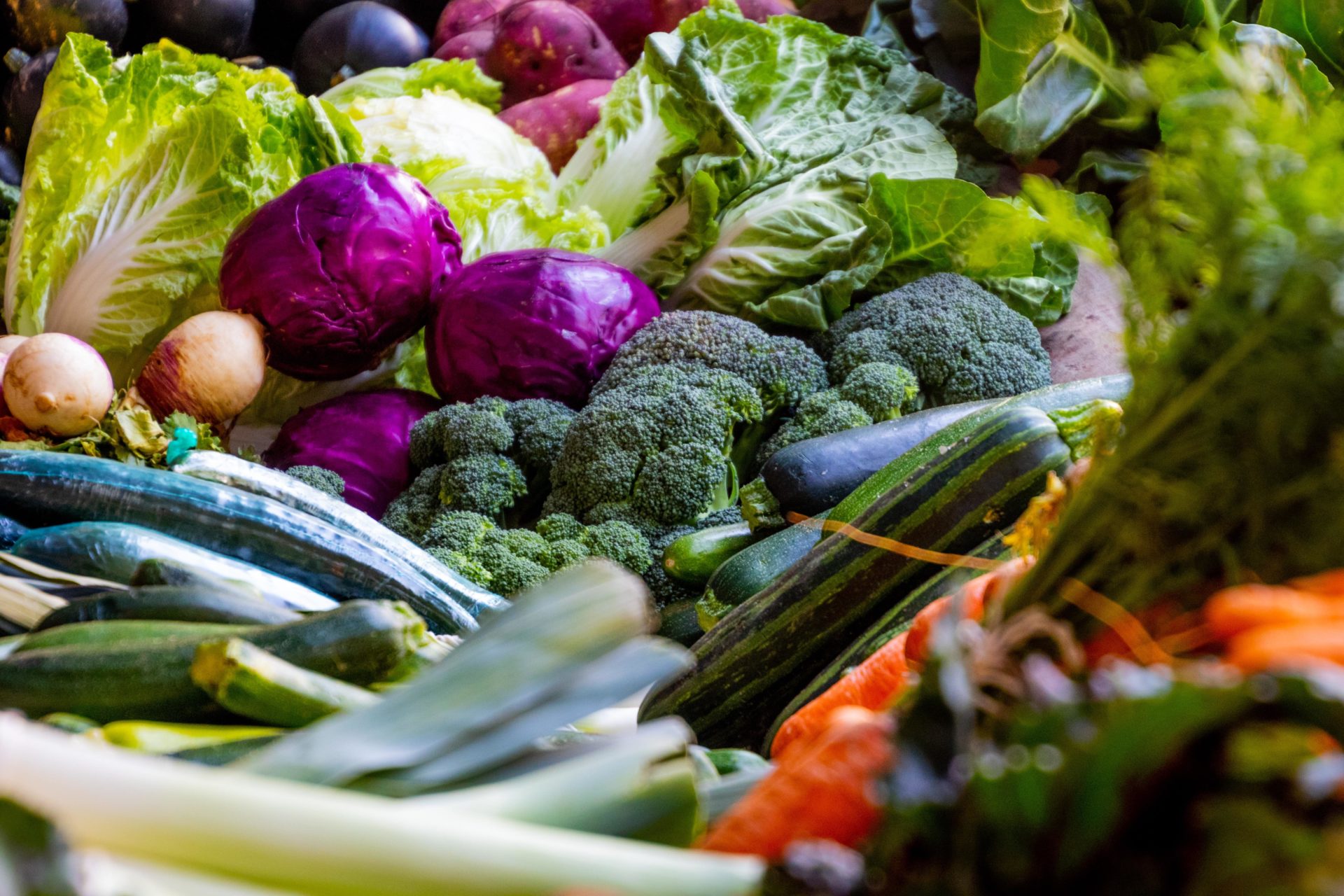Tips To Dealing With Gluten Intolerance
Gluten is a protein that can be found in oats, barley, wheat, and rye. It is mainly used to emulsify, thicken, and stabilize processed food. Many people go for a gluten-free diet to lose weight or make a healthier nutritional choice, but there are people out there who are intolerant to gluten altogether. For them, going gluten-free is the only way to keep their allergic reaction to gluten under control.
While the exact cause for developing gluten intolerance is unclear, many nutritionists believe that the reason behind it might be hereditary. You need to eliminate pasta, bread, cookies, pizzas, pies, muffins, cakes, and other processed foods entirely from your diet if you want to be on a gluten-free diet.
Symptoms Of Being Intolerant to Gluten
According to dieticians, gluten intolerance or Celiac Disease is a disorder in the digestive system. If someone suffers from this disorder, the body has an allergic reaction to the foods that contain gluten, and that allergic reaction destroys the inner lining of the small intestine. The symptoms of gluten intolerance can vary from severe to mild from person to person. Some of the more common symptoms are:
- Upset Stomach
- Bloating due to gas
- Diarrhea
- Stools that smell foul
- Losing weight
- Abdominal pain
- A slow rate of growth in children
Some of the symptoms, such as bloating, gas, and abdominal pain, might also be caused by other digestive system problems. This is why you must consult with a doctor and get tested to make a proper diagnosis. A blood test prescribed by your doctor will be able to assess if you are indeed allergic to gluten. As there is no absolute cure for coeliac disease, having a gluten-free diet is the only way to deal with this disorder effectively. A registered dietician needs to carry out a nutritional assessment, based on which they will devise a meal plan which will be suited to your needs.
Tips To Making Your Diet Gluten-Free
Many who have been recently diagnosed with Celiac disease will find it challenging to deal with the concept of completely removing gluten from their diet. This is why if you are armed with the right knowledge, dealing with this transformation can be easy. Here are a few tips that will come in handy:
Replace Foods Containing Gluten With Substitutes
The best way to still enjoy your favorite foods like bread, pasta, and crackers is to switch to gluten-free alternatives of that food. These substitutes are readily available in all the supermarkets and other health food stores. Pretty much any carb can be made gluten-free – from bread rolls, cereals, pasta, and crackers. You can also satisfy your sweet tooth with delicious gluten-free desserts.
Go For Naturally Gluten-Free Cereals And Grains
Just because you are diagnosed as gluten-intolerant doesn’t mean that all cereals and grains are now off-limits. There are plenty of gluten-free grains that you can still incorporate into your diet. Examples include amaranth, tapioca, buckwheat, polenta, quinoa, and teff. While buying, you need to carefully check the labels not to end up buying contaminated versions. You can swap traditional breadcrumbs with polenta crumbs. Choose gluten-free rice noodles, buckwheat, and pasta and try to bake them with gluten-free alternatives like quinoa.
Avoid Sauces With Gluten
Wheat flour is a common ingredient in many gravies, pasta sauces, stocks, and condiments. Wheat flour contains gluten. So, be sure to read labels carefully to avoid products with wheat flour. You can use arrowroot or cornflour to make your gravies and pasta sauces at home. Use potato starch to thicken the sauce and make it gluten-free.
Make Checking The Labels A Regular Habit
As discussed in the last section, several unseemingly harmless packaged foods can have hidden gluten ingredients. Therefore, you will have to make a habit of checking the labels of any packaged food you buy. The products contain allergen labeling, letting you know if the packaged food is suitable for a person who wants a gluten-free diet. No matter what, the law requires the product labeling to include all information regarding the use of gluten as an ingredient to produce the product. Such ingredients must also be highlighted in bold, so you can easily read and understand the label.
Focus More On The Naturally Gluten-Free Food
If checking labels before buying food at the grocery store seems tedious, then there is the alternative of changing your food habits to include more naturally gluten-free food. Fresh fruits, vegetables, legumes, meat, poultry, fish, eggs, and cheese are naturally gluten-free. So including these healthy foods in your daily diet will keep you away from gluten and provide you with the natural nutrition you need in order to stay healthy.
Avoid Certain Alcohol
If you want to incorporate a gluten-free diet into your lifestyle, you need to give up beers, stouts, ales, and lagers, as they all contain gluten in varying amounts. There are gluten-free beers available in supermarkets as alternatives but read the labels carefully to pick the right one. Alternatively, you can always opt for gluten-free alcohol such as wine, port, sherry, cider are also liqueurs.
Look Out For Cross-Contamination
If you have celiac disease, the smallest amount of gluten will trigger symptoms. This is why you need to pay close attention not to cause cross-contamination of your gluten-free food with other foods. This can be achieved by separating the jams, butter, and spreads, getting toaster bags to separate gluten-free bread and cleaning the kitchen surfaces thoroughly before and after use.
Going completely gluten-free takes a lot of adjusting. Being able to find the best gluten-free substitutes ultimately comes down to a matter of personal taste. So it’s a good idea to spend more time in the kitchen, experimenting with different gluten-free baking aids and flours to be able to pick the ones that work best with your taste.



